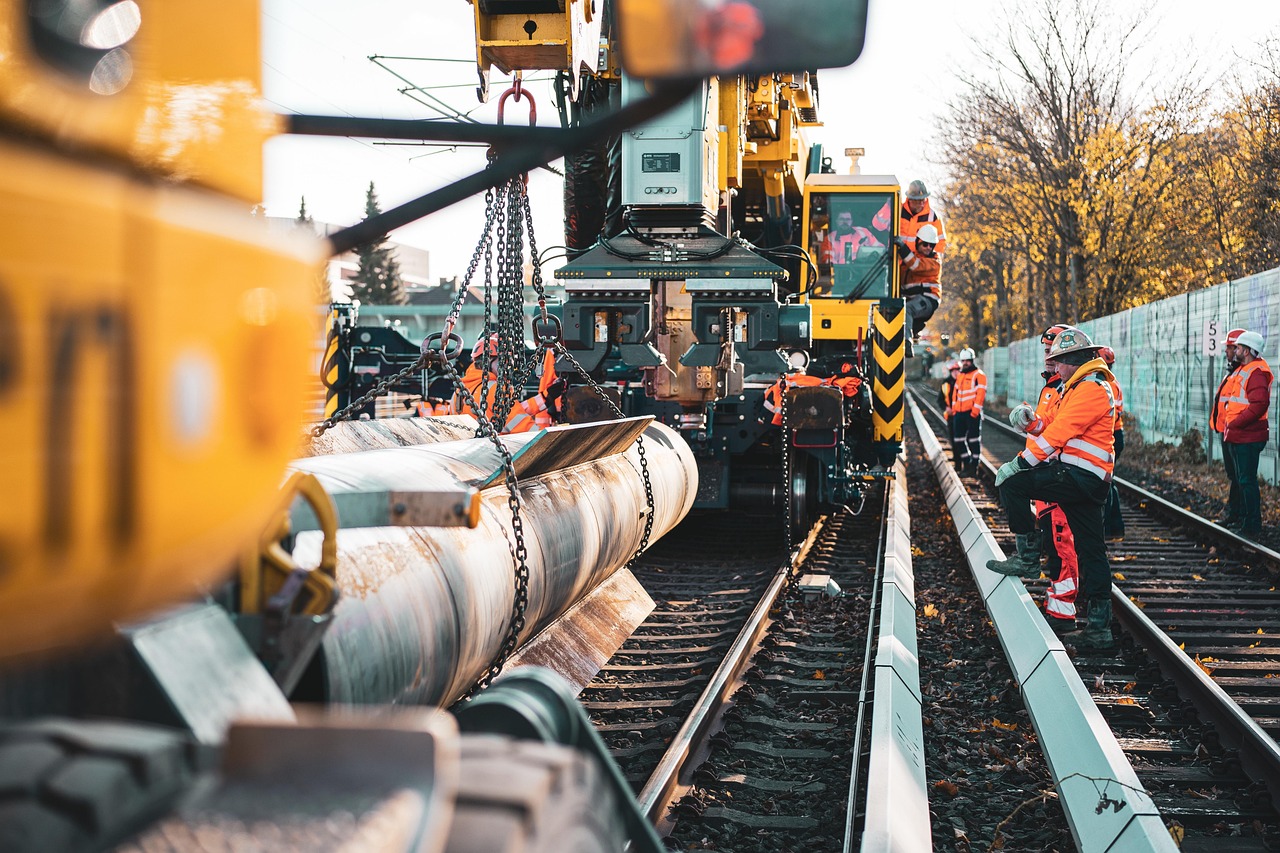Building a Proactive Safety Culture in Industrial Operations
Transform your organization from reactive compliance to proactive safety excellence through cultural change, leadership commitment, and employee engagement strategies.

Organizations with strong safety cultures experience 70% fewer workplace injuries, 50% lower workers compensation costs, 30% higher productivity, and significantly better employee retention than those viewing safety as purely a compliance obligation. Safety culture represents the collection of shared values, beliefs, attitudes, and behaviors that determine how safety is truly prioritized when no one is watching.
Building authentic safety culture requires more than safety slogans and incident tracking metrics. It demands fundamental transformation in how organizations think about and practice safety—shifting from reactive compliance to proactive prevention, from individual responsibility to collective commitment, and from management enforcement to employee ownership.
Understanding Safety Culture Maturity Levels
Organizations progress through predictable stages of safety culture maturity. Understanding your current level helps target appropriate improvement strategies and set realistic expectations for cultural transformation timelines.
Five Stages of Safety Culture Maturity
- •Pathological: Safety is a burden to be avoided. Compliance is minimal and only when forced. Accidents are hidden. Blame culture punishes those who report issues. Management sees safety as cost center.
- •Reactive: Safety becomes important after accidents occur. Rules created in response to incidents. Compliance-driven rather than prevention-focused. Safety is the safety department's job, not everyone's responsibility.
- •Calculative: Systems and processes are in place. Metrics tracked and reported. Management committed to reducing incidents. However, safety remains primarily top-down enforcement rather than cultural value.
- •Proactive: Safety integrated into business operations. Employees actively identify and address hazards. Near-miss reporting is common and valued. Continuous improvement mindset applied to safety performance.
- •Generative: Safety is a core value driving all decisions. Workers refuse unsafe work without fear. Innovation in safety encouraged and rewarded. Excellence in safety linked to overall operational excellence.
Cultural Assessment: Most organizations operate in Reactive or Calculative stages. Moving to Proactive and Generative levels requires 2-4 years of sustained effort but delivers transformational results in both safety and business performance.
Leadership's Critical Role in Safety Culture
Safety culture starts at the top. Employee perceptions of management commitment to safety represent the single strongest predictor of actual safety performance. Leaders who model safety behaviors and make visible investments in safety create permission for others to prioritize safety over production pressures.
Leadership Actions That Build Culture
- •Visible Commitment: Leaders regularly conduct safety walkthroughs, participate in safety meetings, and discuss safety in business reviews alongside production and financial metrics
- •Resource Allocation: Adequate budgets for safety equipment, training, and systems demonstrate priority beyond rhetoric
- •Personal Accountability: Leaders hold themselves accountable to the same safety standards as frontline workers
- •Safety Integration: Safety considerations included in all business decisions, from capital investments to production scheduling
- •Celebration of Safety Excellence: Recognition and rewards for safe behaviors, not just injury-free periods
- •Transparency: Open communication about safety performance, including failures and lessons learned
Culture Killer: Nothing undermines safety culture faster than production-over-safety decisions. When leaders pressure teams to skip safety procedures to meet deadlines, the real culture is revealed regardless of stated values.
Employee Engagement and Ownership
Strong safety cultures distribute safety responsibility across all employees rather than concentrating it in safety departments. When workers feel empowered and responsible for safety, they become active participants in hazard identification and risk mitigation rather than passive compliance subjects.
Building Employee Ownership
- •Stop Work Authority: Clear messaging that any employee can and should stop work when safety concerns arise, without fear of punishment or pressure
- •Hazard Reporting Systems: Easy-to-use, non-punitive reporting mechanisms for identifying potential issues before they cause harm
- •Safety Committees: Cross-functional teams with frontline worker representation that review incidents, analyze trends, and recommend improvements
- •Training and Competency: Comprehensive safety training that explains the "why" behind procedures, not just the "how"
- •Feedback Loops: Visible actions taken on employee suggestions demonstrating their input matters
- •Recognition Programs: Celebrating employees who identify hazards, suggest improvements, or demonstrate exceptional safety leadership
Creating Psychological Safety Around Safety
Psychological safety—the belief that one can speak up without negative consequences—is essential for effective safety culture. Organizations must create environments where reporting near-misses, asking safety questions, and challenging unsafe conditions are encouraged rather than punished.
Elements of Psychological Safety
- •Non-Punitive Reporting: Incident and near-miss reporting focused on system improvement rather than individual blame
- •Learning Orientation: Investigations ask "what happened and why" rather than "who is at fault"
- •Open Communication: Regular forums where employees can voice concerns and ask questions
- •Responsive Management: Timely action on reported hazards demonstrating that concerns are taken seriously
- •Mistake Tolerance: Recognition that human error is inevitable, requiring system design that prevents errors from causing harm
- •Safety Speaking Up: Active encouragement to challenge unsafe conditions, even when pressure exists to proceed
Leading Indicator: Near-miss reporting rates serve as a leading indicator of safety culture health. High reporting rates indicate psychological safety and proactive hazard identification, while low rates often signal underreporting rather than exceptional safety.
Measuring and Monitoring Safety Culture
What gets measured gets managed. Organizations must track both lagging indicators (incidents that have occurred) and leading indicators (proactive activities that prevent incidents) to understand safety culture strength and improvement trajectory.
Comprehensive Safety Metrics
- •Lagging Indicators: Total Recordable Incident Rate (TRIR), Days Away, Restricted or Transferred (DART) rate, Lost Time Injury Frequency Rate (LTIFR), and severity metrics
- •Leading Indicators: Inspection completion rates, near-miss reporting frequency, safety observation submissions, training completion percentages, and hazard correction timeliness
- •Cultural Indicators: Employee safety perception surveys, safety suggestion submission rates, stop work events frequency, and safety meeting participation
- •System Indicators: Audit scores and findings, corrective action closure rates, procedure adherence observations, and safety system utilization metrics
Sustaining Safety Culture Long-Term
Building safety culture is not a project with an end date—it requires continuous attention and reinforcement. Organizations must guard against complacency and cultural drift as initial enthusiasm fades and new priorities emerge.
Sustainability Strategies
- •Integration into Business Systems: Embedding safety into performance reviews, hiring processes, and operational procedures
- •Continuous Learning: Regular training refreshers, evolving practices based on new insights, and incorporation of external best practices
- •New Employee Onboarding: Strong safety culture messaging and training from day one for all new hires
- •Leadership Development: Building safety leadership competencies in supervisor and manager training programs
- •Celebration and Storytelling: Regularly sharing safety success stories and recognizing cultural ambassadors
- •External Benchmarking: Comparing performance against industry peers and aspirational organizations
Organizations that successfully build strong safety cultures discover that the benefits extend far beyond reduced incidents and lower workers compensation costs. Safety culture creates operational discipline, improves quality, enhances employee morale, and strengthens overall organizational performance. The journey requires patience and persistence, but the destination delivers transformational value.
Related Resources

Predictive Maintenance Strategies for Equipment Lifecycle Optimization
Reduce downtime and extend equipment life with data-driven predictive maintenance approaches that transform traditional reactive repair into proactive asset management.

Digital Transformation Guide: From Paper to Digital Inspections
Step-by-step playbook for transitioning from paper-based inspections to digital systems that improve compliance, reduce costs, and enhance operational efficiency.

Equipment Lifecycle Management and Capital Planning
Optimize equipment lifecycle decisions from acquisition through disposal with data-driven strategies for replacement timing, refurbishment vs. replacement, and capital planning.
Ready to Transform Your Inspections?
Start your free 14-day trial and see how ForkliftTracker streamlines OSHA compliance.